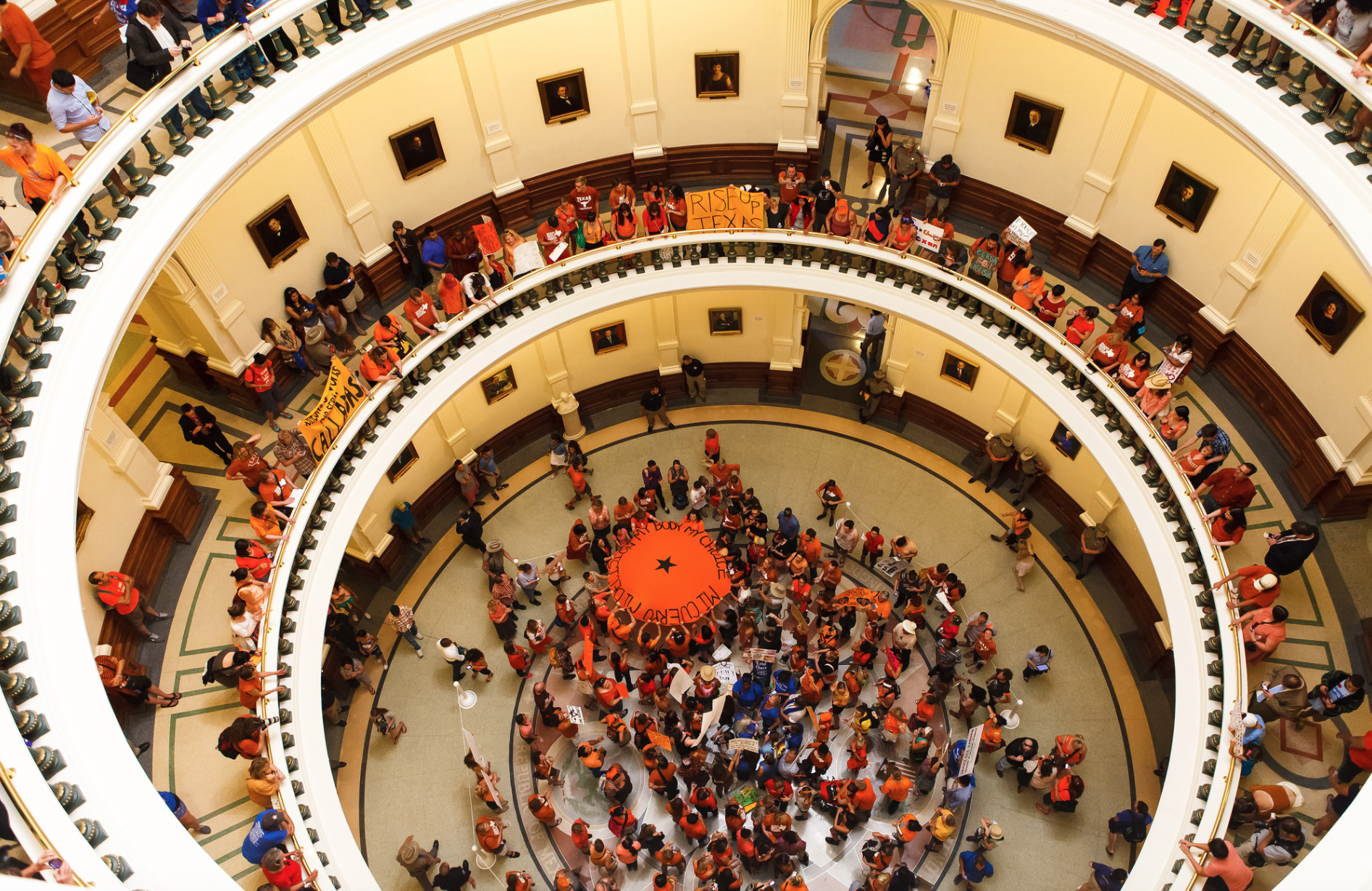In 2012, Greg Abbott, then the attorney general of Texas, wanted to cut down a pecan tree in his yard that was in poor condition and had lost most of its canopy. But the city of Austin, as he has recalled, charged him a fee to replace the tree.
Five years later, Gov. Abbott signed a bill allowing property owners to offset tree loss by planting new trees rather than paying a mitigation fee. That law is just one of many examples during Abbott’s tenure of the state government clipping the wings of Texas cities. After the college town of Denton banned fracking, the legislature passed a bill prohibiting such bans. When Houston required Uber and Lyft drivers to be fingerprinted, the state overrode the requirement. A state prohibition on local plastic bag bans failed, but it might succeed in court.
Such efforts to override local ordinances -- including, for example, Florida’s ban on local gun regulation -- are often seen simply as a red state vs. blue city issue. “Texas is being California-ized, and you might not even be noticing it,” Abbott said, shortly after he was elected, in defending attempts to curb local regulations. Indeed, red states are often criticized by liberals for being hypocritical -- demanding that power be downshifted from Washington to the states, but refusing to push power further down to cities where most mayors are Democrats.
But recent events in California have revealed that preemption efforts go both ways. A bill to limit cities’ ability to block large apartment construction near public transit recently failed in the California Legislature. Meanwhile, California’s sanctuary state law has run into resistance from conservative local governments. The small city of Los Alamitos has passed an ordinance claiming to exempt itself from the state’s law. Other localities -- including a number of local governments in Orange and San Diego counties -- are joining the Trump administration’s lawsuit challenging the state law.
In a way, none of this is new. Power struggles between the feds and states have been going on for decades, dating back at least to the 1980s when the Reagan administration tangled with mostly Democratic state governments. What is new, however, is the aggressiveness with which state governments are trying to curtail the power of local governments -- and how ideological those battles have become.
During this extremely partisan era, local governments have often been viewed as a welcome oasis from ideological battles. Mayors and other local officials don’t have the luxury of engaging in pure partisan politics all the time. As the argument goes, they have a city to run and are so close to their constituents that they have no choice but to focus on getting things done.
But as local jurisdictions are affected by “The Big Sort” -- people geographically separating themselves based on their political views -- we see more and more enclaves of red in blue states and blue in red states. And as the local constituents have become more ideologically divided, so have the local politicians. So increasingly, the politicians who rule islands of red or blue are called upon by their own constituents to #Resist, forcing the state-level political majority to strike back. It’s not an encouraging trend, but it’s not going away anytime soon.
This article was originally published in the June 2018 issue of Governing magazine.

